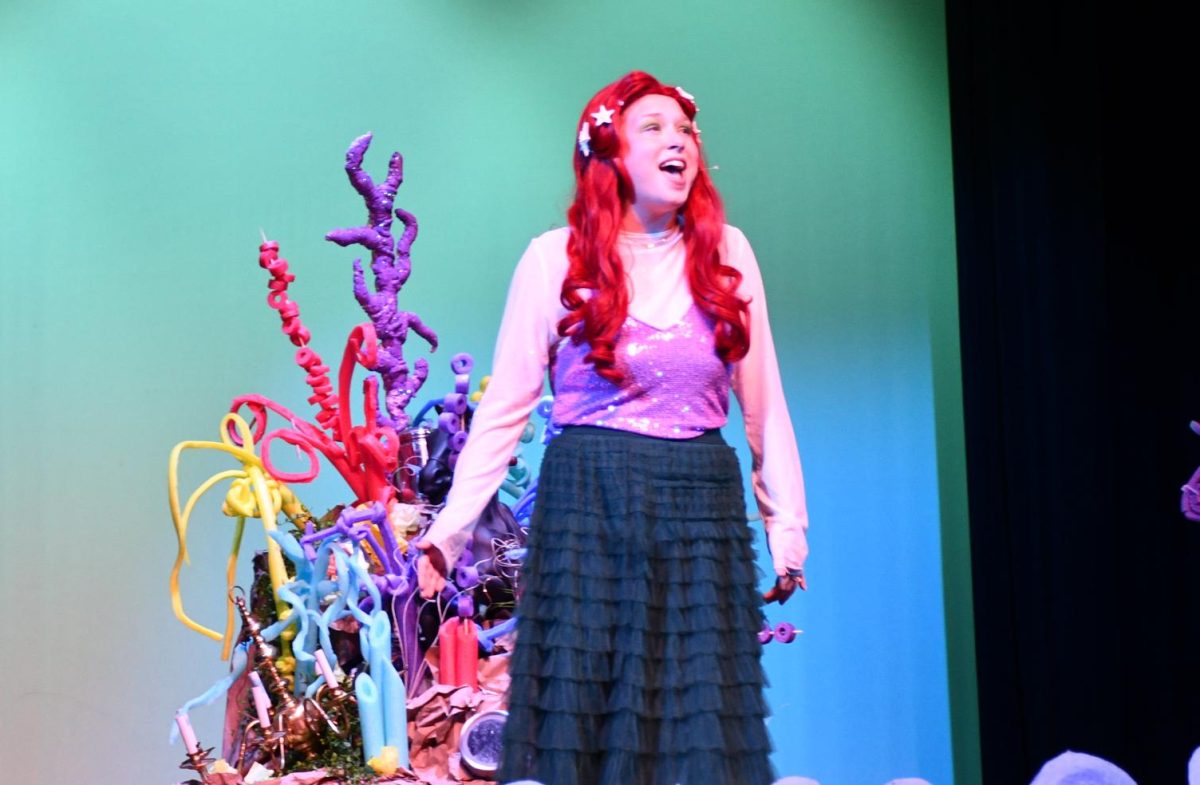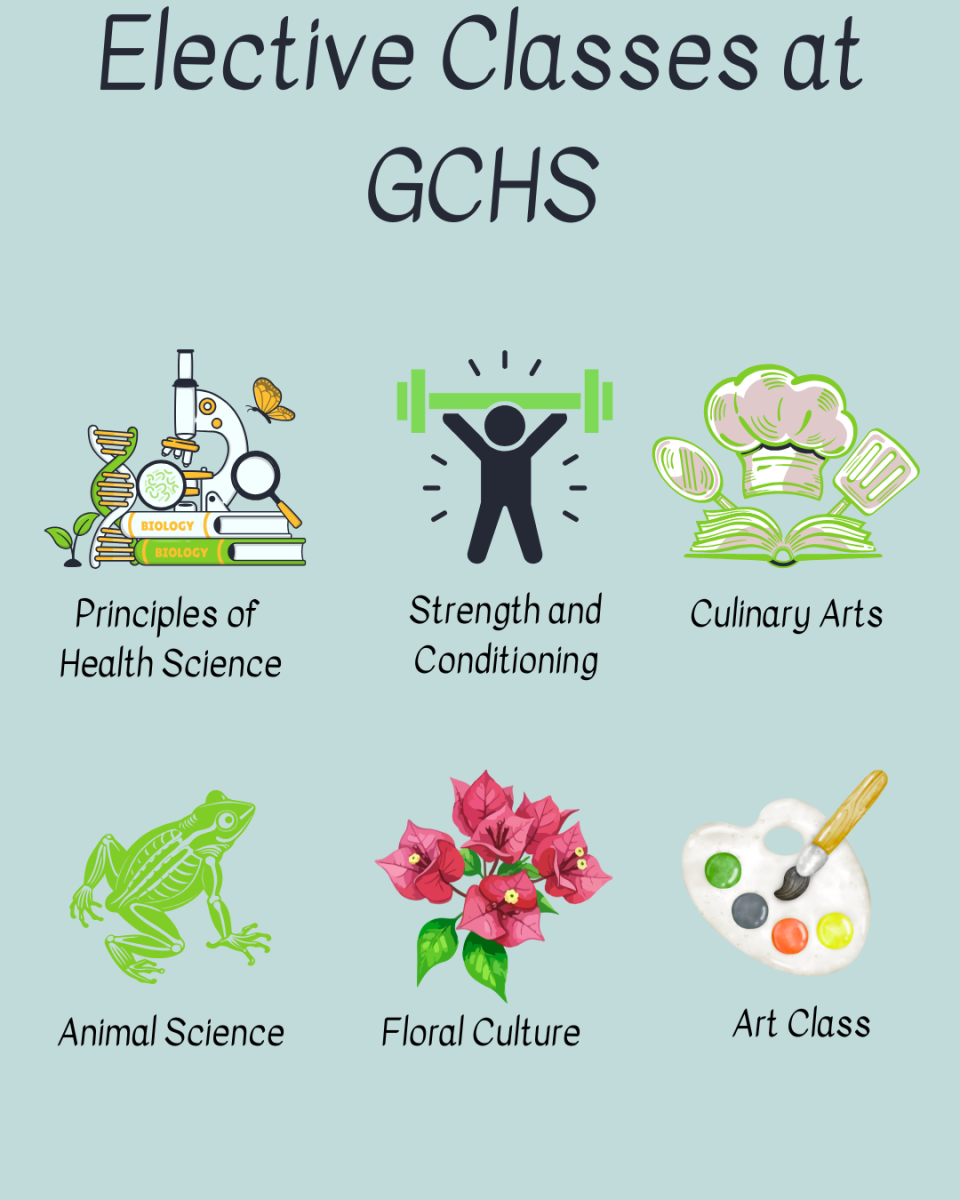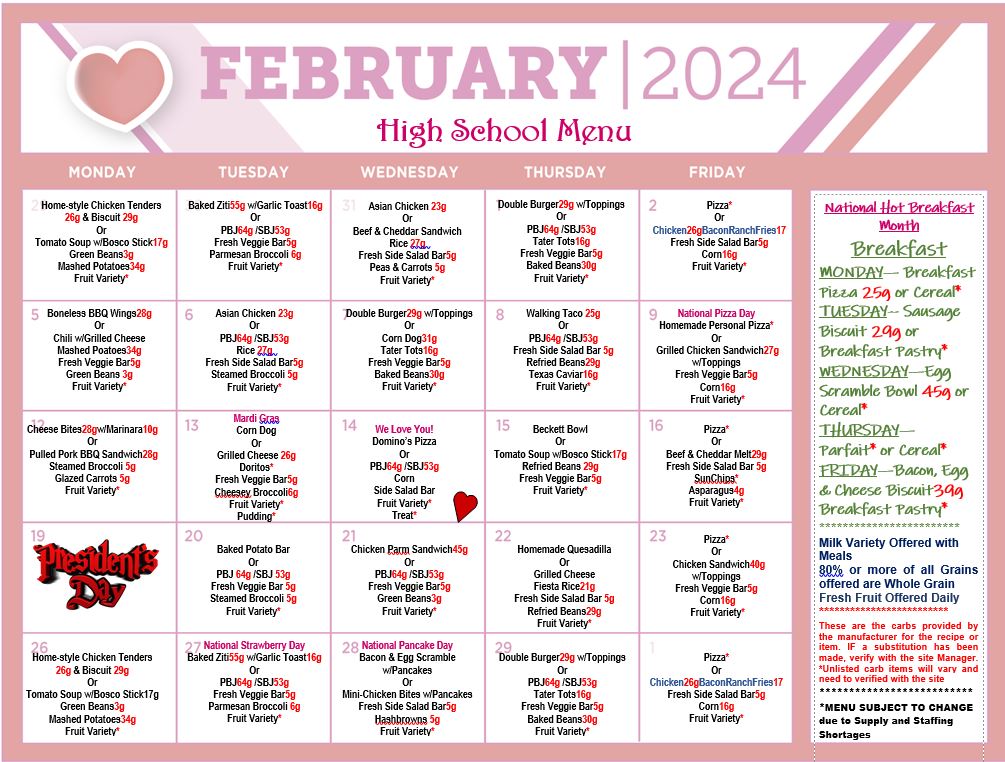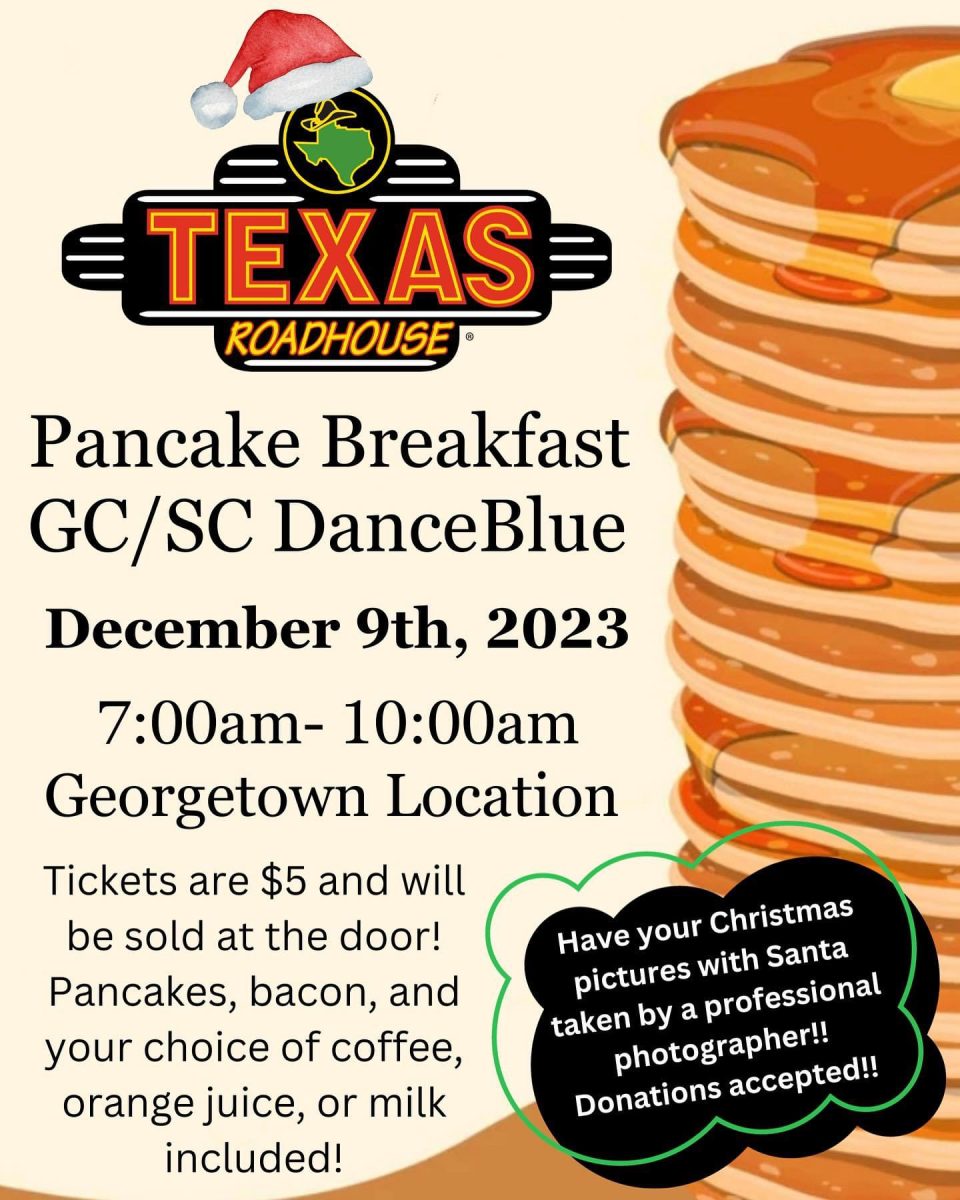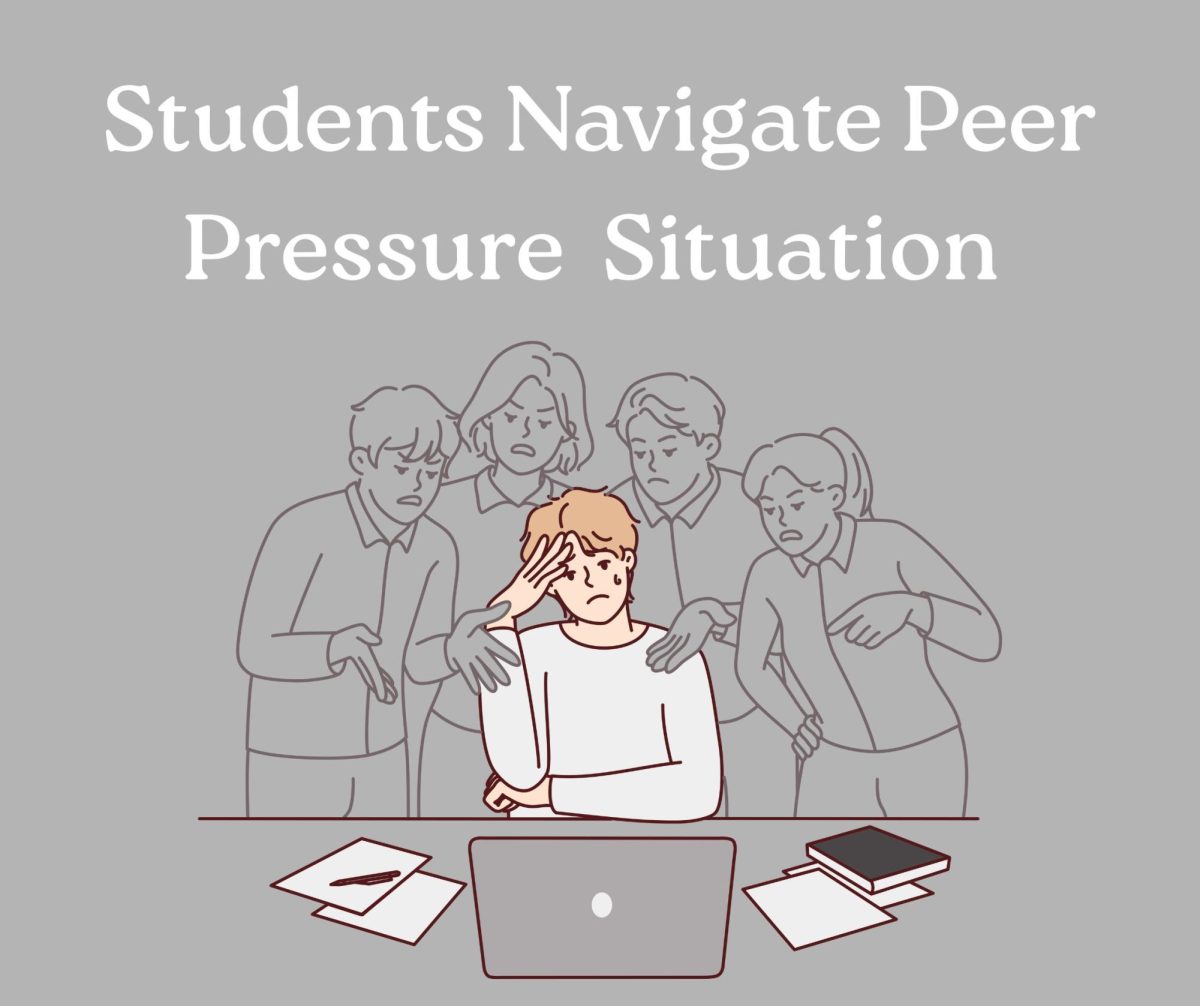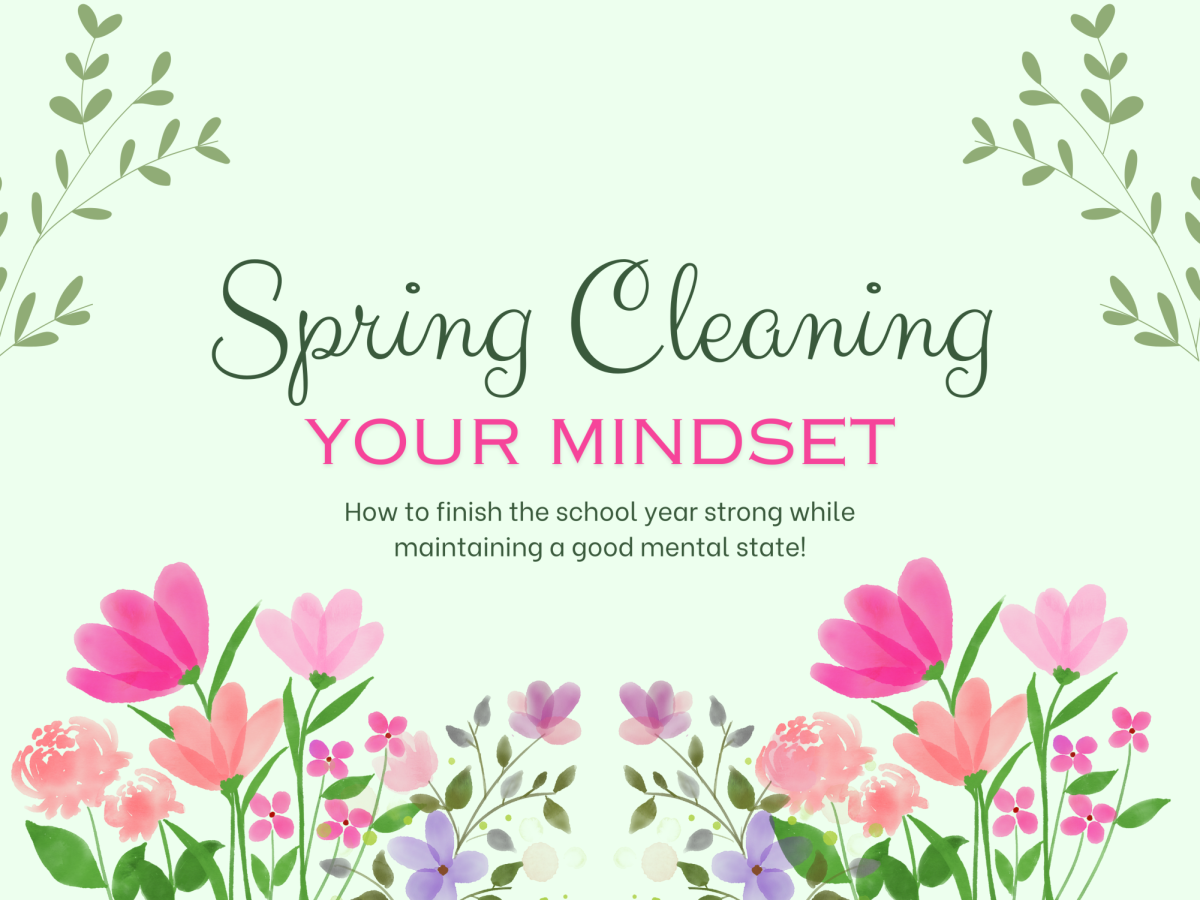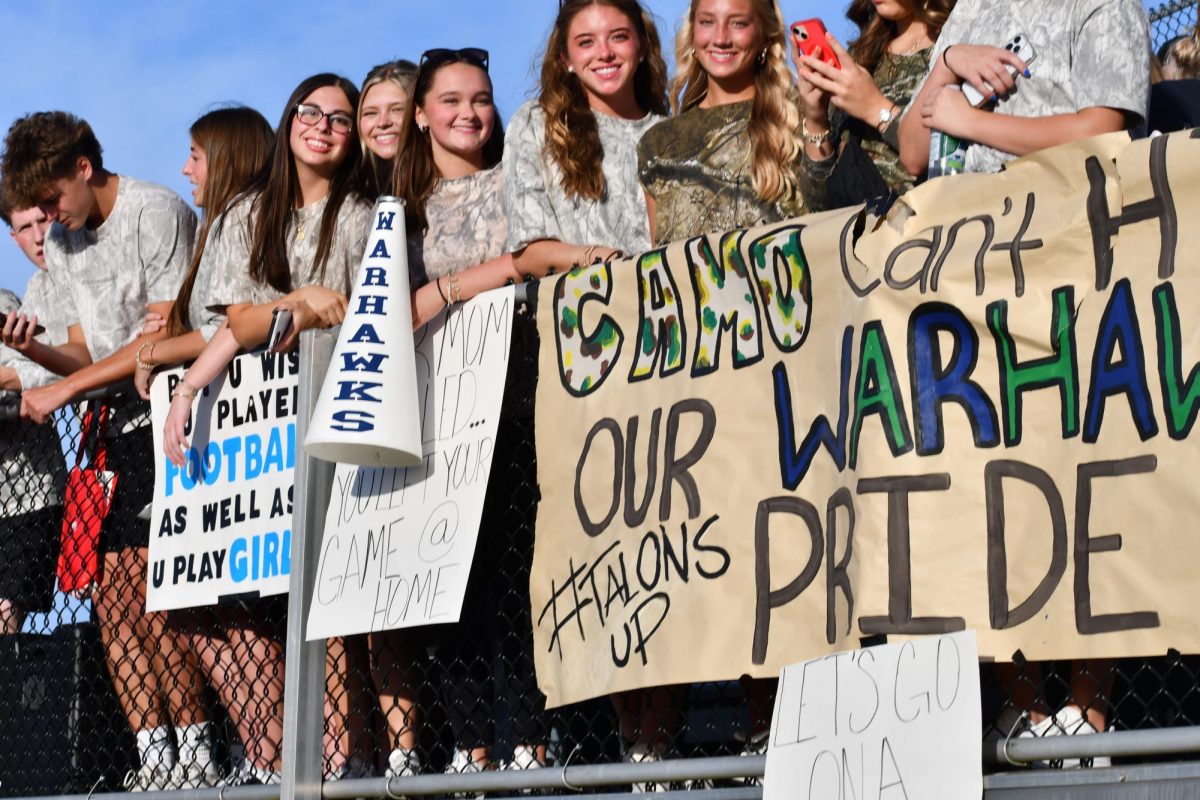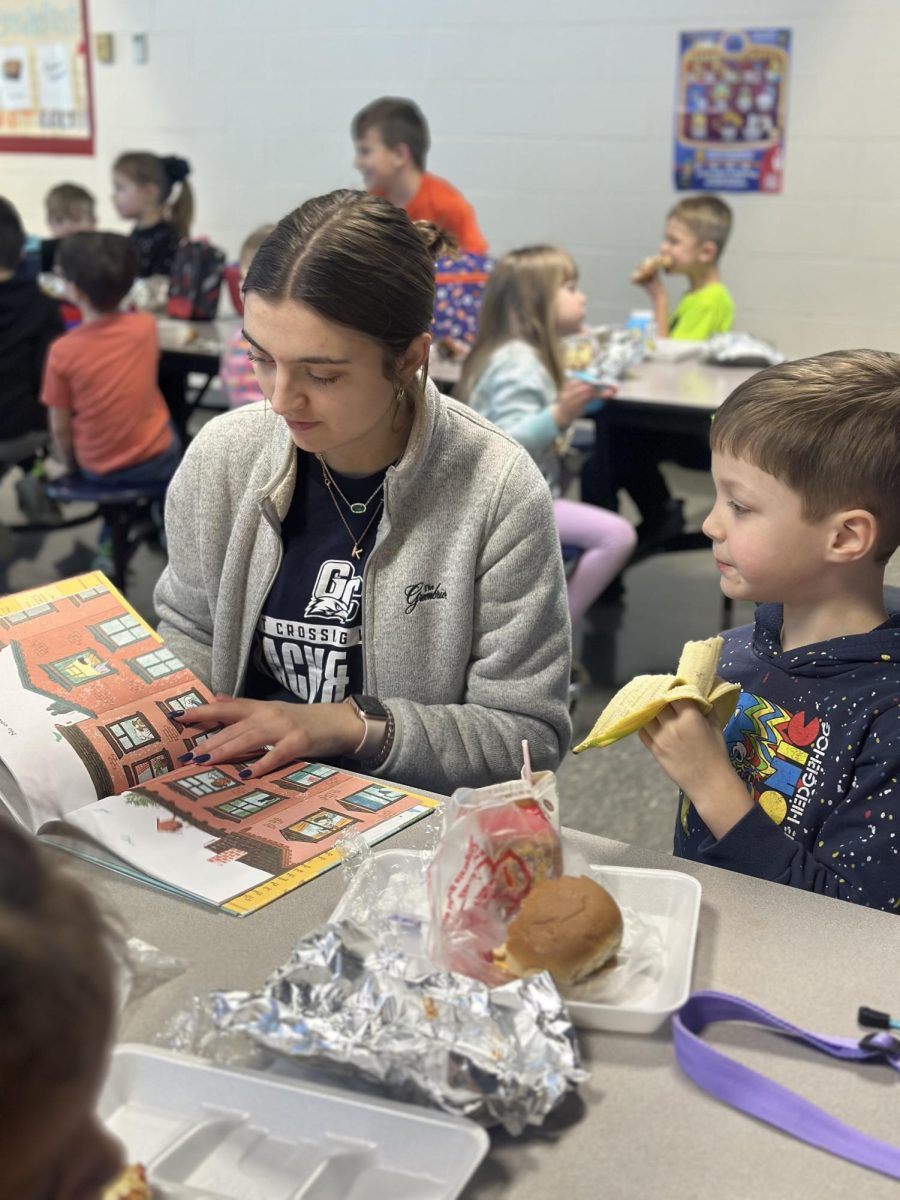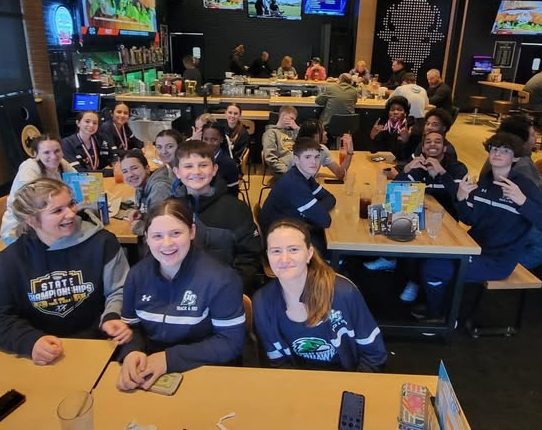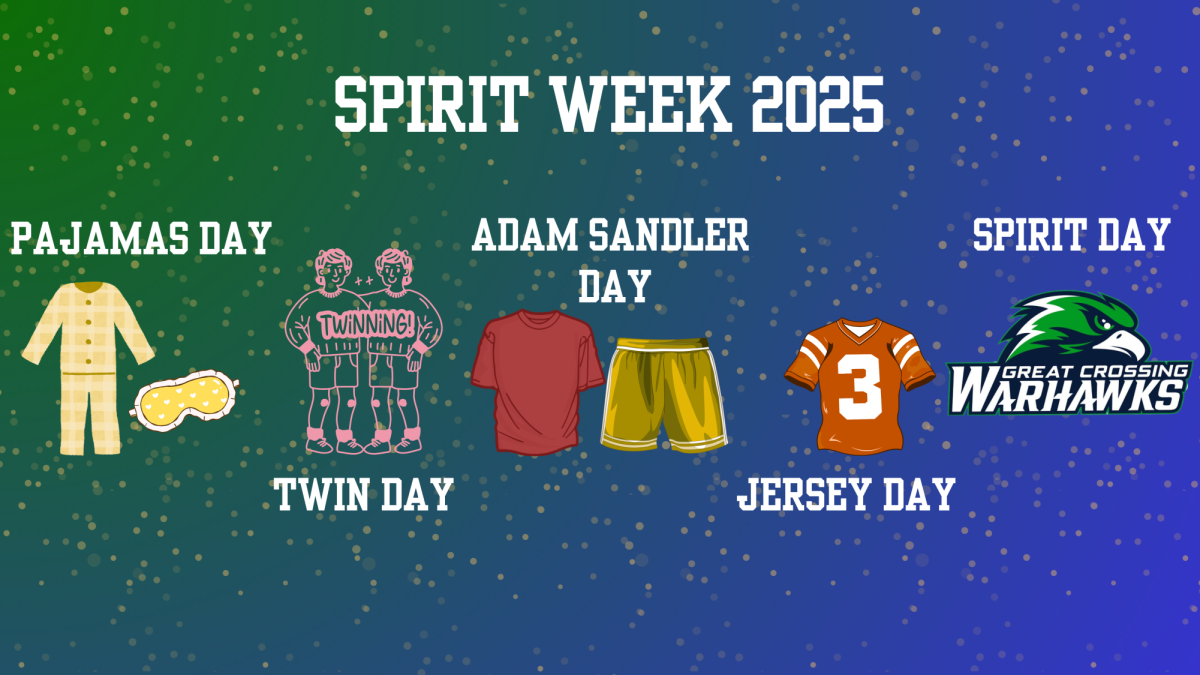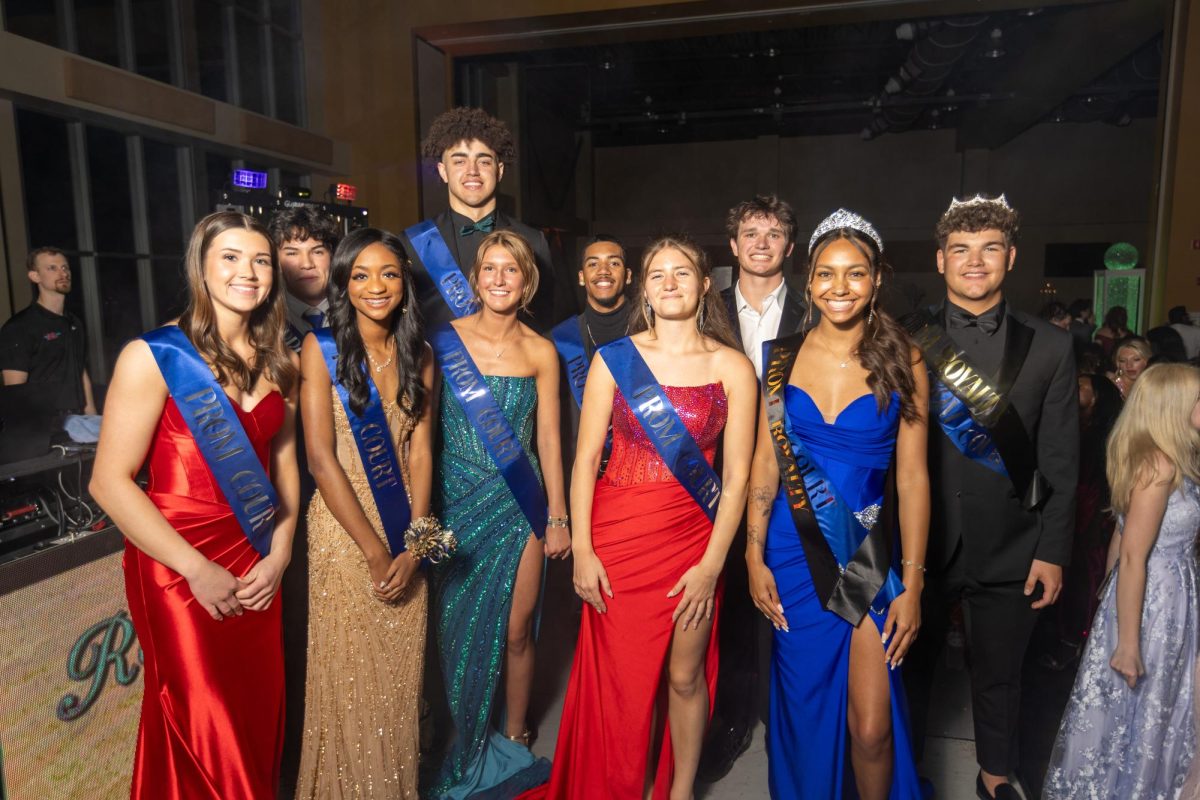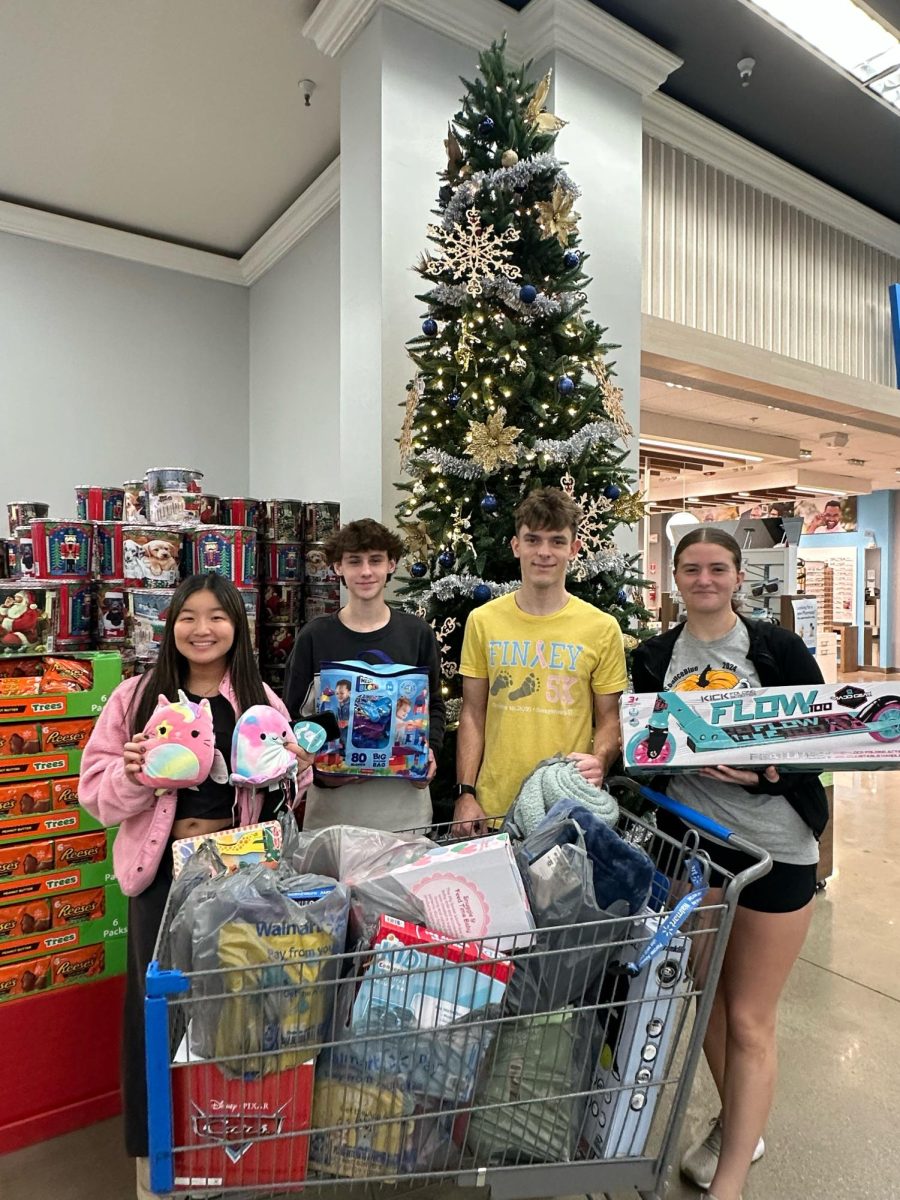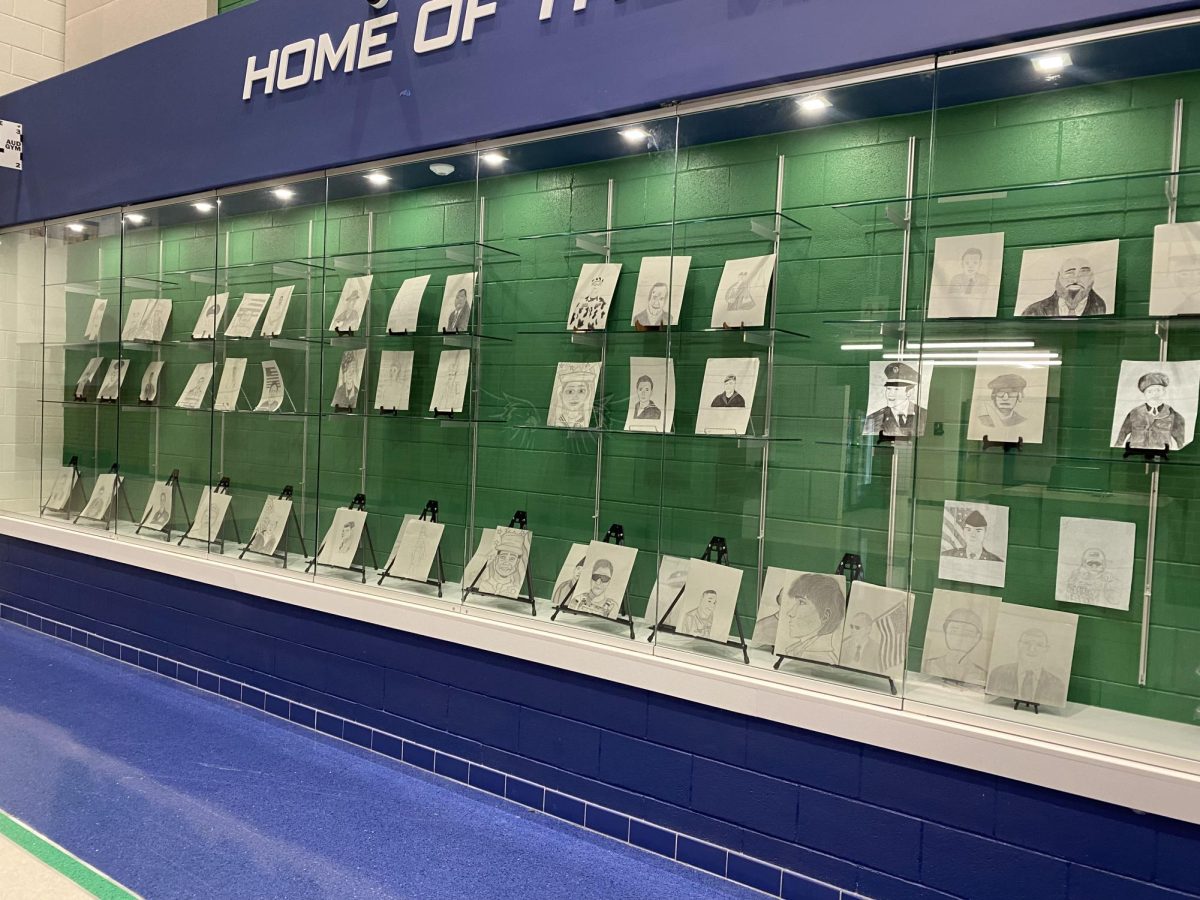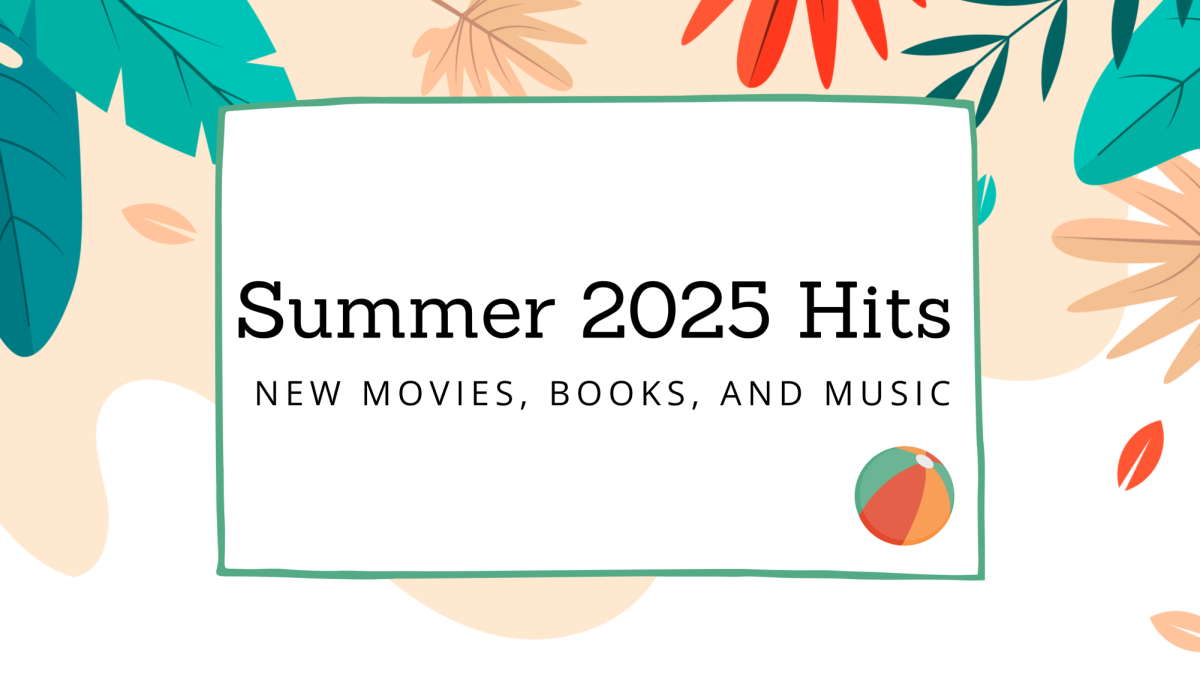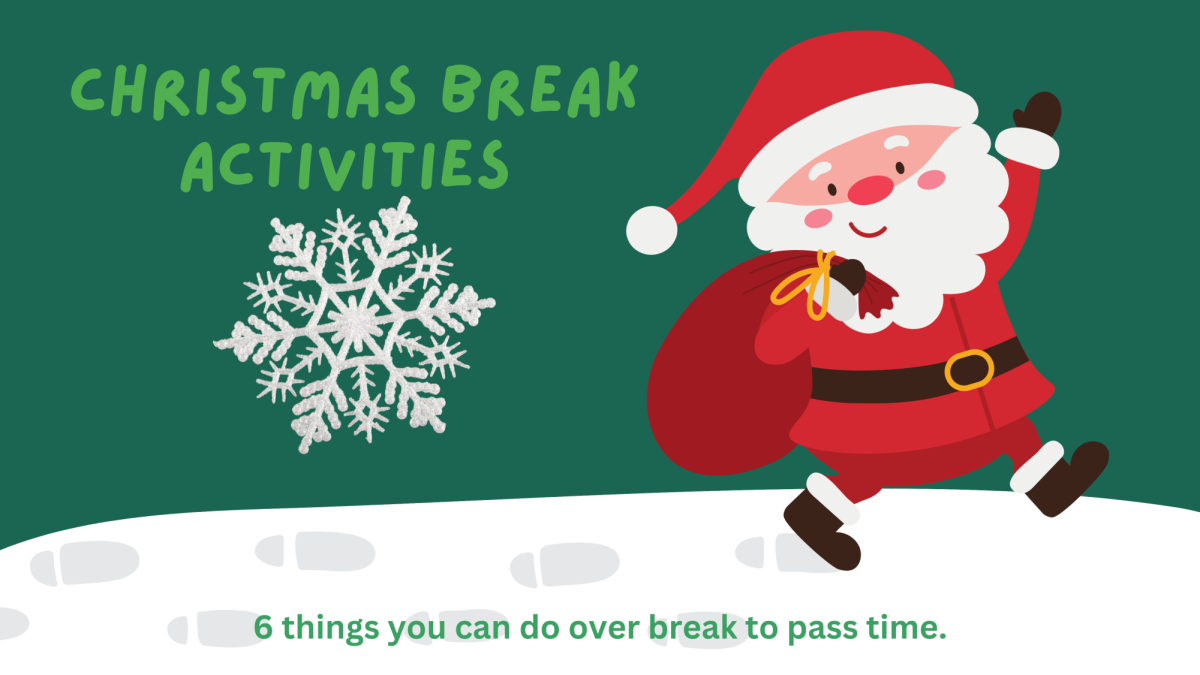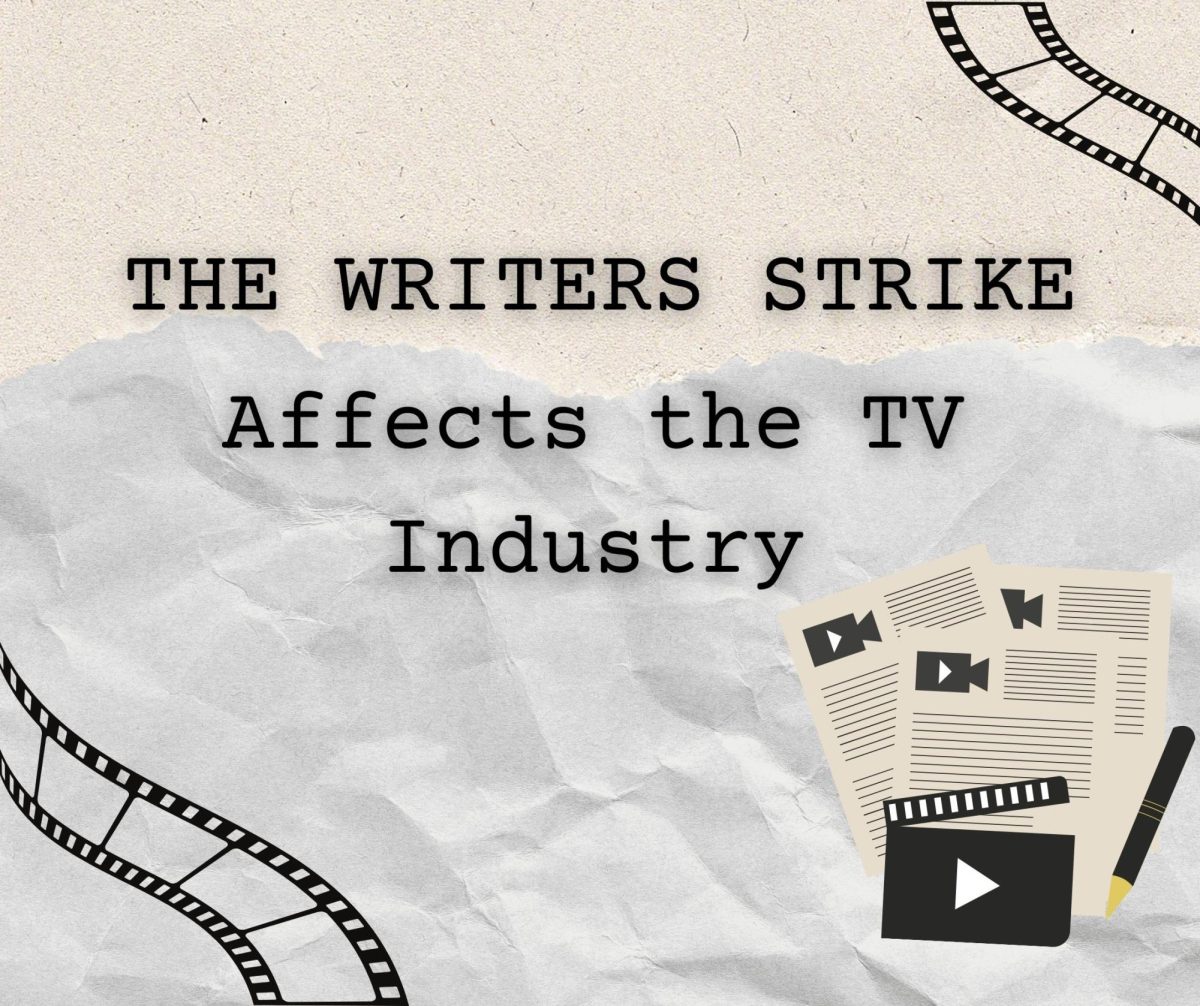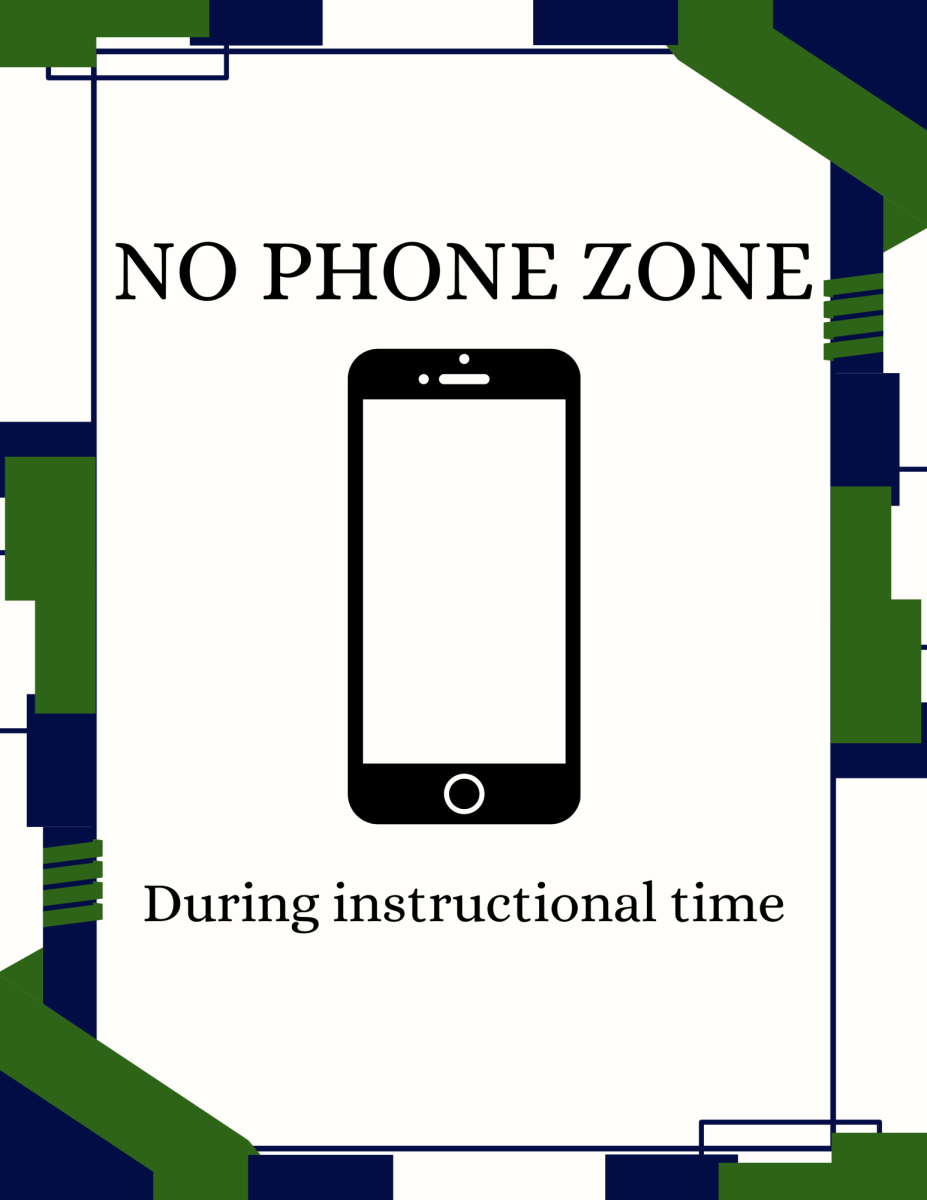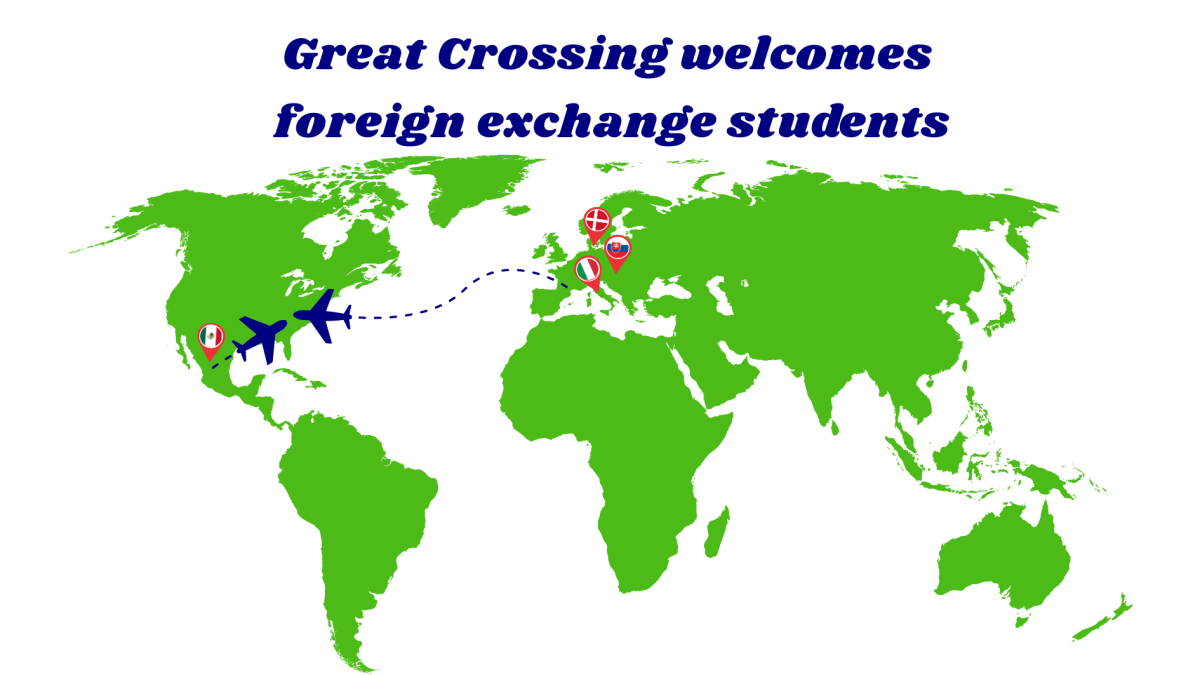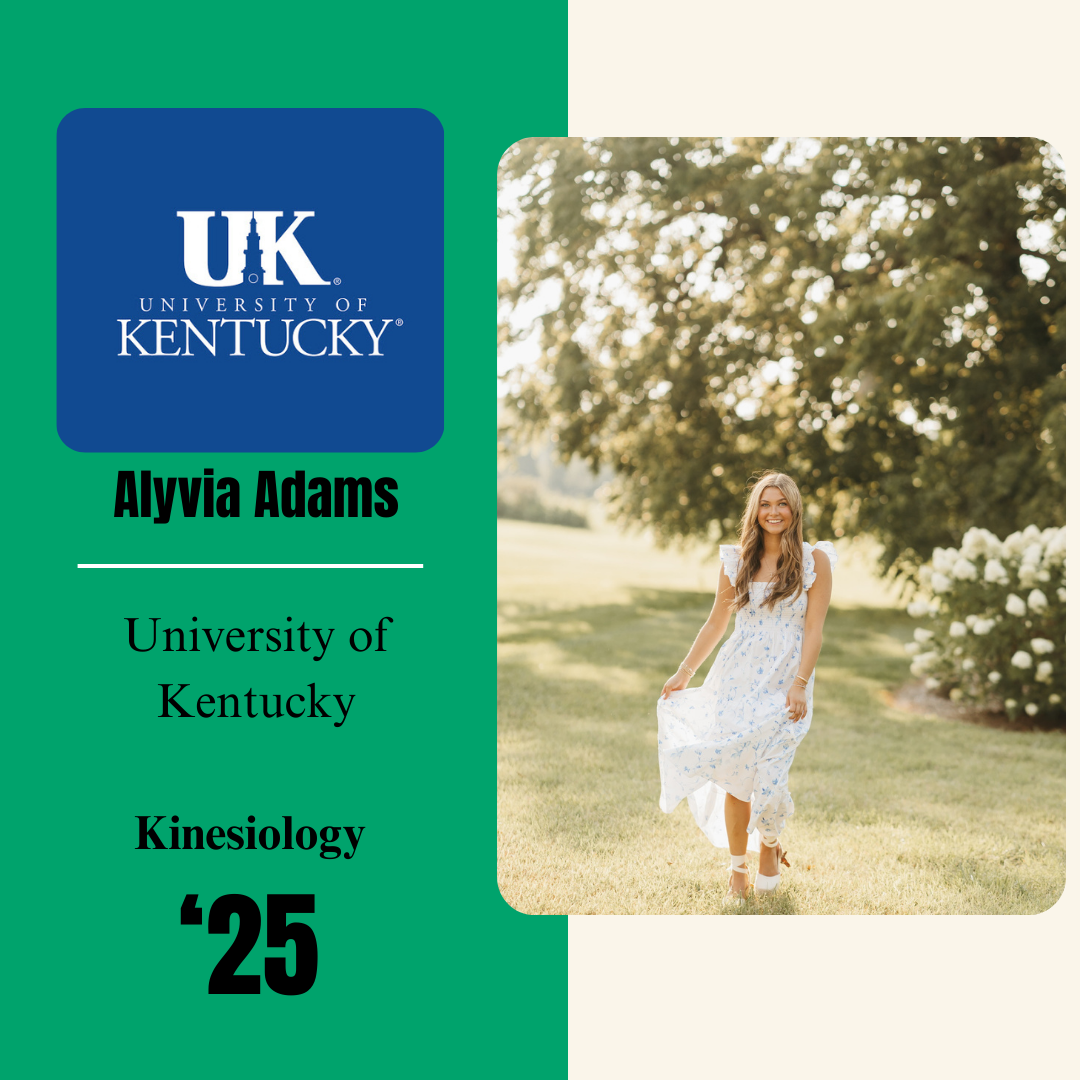On April 8th, 2024, the total solar eclipse will be visible throughout parts of Kentucky. This opportunity will be partially visible in Georgetown and will make its way in full totality throughout the eastern part of the state in both Paducah and Henderson respectively. This type of eclipse, the total solar eclipse will not happen again until 2153.
The Science Behind Eclipses
A total solar eclipse is not a common occurrence, since the moon does not always orbit perfectly in front of the sun. The types of eclipses which do not completely cover the sun and occur commonly every year are known as annual eclipses. In comparison, during the event of a total solar eclipse, the orbit of the moon lies closer to earth. This results in an almost covered sun with a surrounding golden ring being all that’s visible.
The History of the Total Solar Eclipse
Though many see the total solar eclipse as a fascinating scientific phenomenon, some view this event as a supernatural phenomenon. Numerous cultures throughout time have attributed the moon’s orbit and the covering of the sun to local myths and legends. Great Crossing science teacher Ryan Blood explained, “The awe of this moment brought the gods and heroes of myth alive in spectators for as long as people have been around.”
The understanding of how the total solar eclipse has changed is not only interesting, but important to understand as many of these stories shaped beliefs worldwide.
Impacts on Earth
During the total solar eclipse, many small but spectacular things can be noticed. Due to the sudden change from bright to dark, many animals move into their nightime routines. For example, crickets which hide and stay quiet during the day will begin to chirp as if it were night during a total solar eclipse.
Astronomy and Physical Science teacher Austin Newton elaborated on his favorite parts of the eclipse, “My favorite aspect, personally, is the crescent-shaped shadows which often cast through small partitions like the space between leaves.”
Solar Eclipse Safety
As an onlooker to the total solar eclipse, it may be tempting to look up at the phenomena, but looking directly at full totality without the required glasses can destroy cells in your retina, causing blindness.
If you are planning on seeing the eclipse, make sure to head out to the designated areas around 12/1 PM. Solar eclipse glasses are available for free pickup at the public library, and for purchase through the National Eclipse website at: https://nationaleclipse.com/store.html. Before making plans to go out and see this event, make sure to have specialized eclipse glasses at the ready.
Importance of experiencing the eclipse
If these events are of such importance, should their viewing be incorporated in that school day’s class schedule? William Rashliegh elaborates, “I believe students should get the chance to take 10 or so minutes out of class and to go outside hopefully with glasses to see the eclipse. At least have the opportunity to experience the sky darkening in the middle of the afternoon.”
